Sigma 65mm F2 DN Review
Dustin Abbott
December 22nd, 2020
In late 2019 I reviewed the Sigma 45mm F2.8 DN lens, and, while I loved the build of the lens, I concluded that it was a bit of an oddball. It was released in concert with a couple of other lenses, one being the uber-premium 35mm F1.2 DN and the other being the 24-70mm F2.8 DN ART. The design of the 45mm F2.8 was completely different than any other Sigma lens…including the other lenses it was released alongside. A year later, however, and things start to make a little more sense, as it turns out that Sigma was experimenting with a new sub-class within their Global Vision “Contemporary” line-up – the i-Series. These lenses are designed for those who love A) exceptional build and care over the tactile feel and handling of their gear B) who aren’t interested in their lenses being “clinical” but prefer beautiful, “analog” rendering rather than just sterile sharpness. Sigma is releasing two new lenses in the i-Series side by side, and both of them are beauties. I’ve previously looked at the Sigma 35mm F2 DG DN (my review here), but today we are exploring the other – the Sigma 65mm F2 DG DN. These lenses will soon be joined by a fourth lens in the series – the Sigma 24mm F3.5 DG DN. The i65 (as I’ll call it for brevity in this review), is most certainly the kind of lens that might just put 65mm on your radar.
The idea of a 65mm lens is a novel one for many people, though I can’t count myself as one of them. I’ve owned the Voigtländer APO 65mm F2 Macro lens for years and found the focal length to be incredibly useful…not the least for video, where the focal length provides more compression of the background than a 50mm lens, a good, natural sense of presence for a person on screen, but is also short enough to not be restrictive for indoor settings. But while I love the Voigtlander, it is of course a manual focus only lens, and as such is but a niche player in the market. Sigma’s new Sigma 65mm F2 DN lens solves that last problem ably while also providing a lens with a gorgeous build, excellent autofocus, and a killer optical performance.
Sigma’s marketing of the “i-Series” has three concepts, “Identity – Celebrating your uniqueness | Iconic – A fresh approach to lens design | Instinctive – Intuitive user experience”. Most of that is, frankly, marketing gobbly-gook that sounded really clever to the marketing team (the same team that brought you “Contemporary” as a lens designation) but is rather meaningless in the real world. I’m not quite sure how purchasing a camera lens marketed to the masses is “celebrating my uniqueness”, but I digress. I’ll forgive the marketing mostly because the actual lenses are beautifully crafted and a real joy to use.
As we will also see, I think that Sigma has managed to strike a nice balance between a high quality rendering along with excellent sharpness. This isn’t a cold, sterile lens, but rather one with some character despite being well corrected. I had a lot of fun shooting with the lens, and loved the look of the images I was able to get with it. I get the feeling that if I were to own this lens, it would quickly become a favorite.
So join me as explore the highs and lows of this sweet little full frame mirrorless prime. If you prefer to watch reviews, you can choose either the long-format definitive review or the shorter standard review.
Follow Me @ Patreon | My Newsletter | Instagram | Facebook | Twitter | Flickr | 500px
Sigma i65 Build, Design and Handling
The “i-series” is a hit to me when it comes to build. I love the all-metal construction, attention to detail, and beautiful handling. Sigma has managed to produce a compact lens that nonetheless has the premium feel I’m more likely to associate with Zeiss. The lens is nicely compact at 74mm in diameter (2.8”) and 76.7mm in length (3”). Though compact, the lens has some heft due to the density of the construction. It weighs 405g (14.3oz).
Up front we have a 62mm filter thread, which is really the only negative I can point to in the build department and that is primarily because 62mm is quite an uncommon filter size. There are less options available in that range, with some filter makers not messing with the size at all due to low demand.
What strikes me as odd is that Sigma has chosen to position the i-Series lenses under the Global Vision division of “Contemporary”. Typically the lenses branded Contemporary carry Sigma’s lowest level of build, with Sport lenses given the most robust while Art lenses land in the middle. The build of the i-Series, however, is arguably nicer than that of the ART series, and every bit as nice as the Sport lenses (though designed for different purposes). In many ways these i-Series lenses remind me of two things: 1) classic lenses like the SMC Takumar lenses (which I own about 5 of), and part of why I love them is their beautiful timeless construction that is all metal and glass – and – 2) cine lenses where the aperture and focus rings are raised rather than flush with the barrel and have wider, deeper ribs that accommodate gearing (something that cinematographers often do but stills photographers almost never do). We’ve got a similar design element in the i-Series.
Forget engineered plastics; the Sigma i65 is made all of metal alloys, with even the hood made of metal. The lens hood itself is a beautifully crafted piece with a great tactile feel to the metal and ribbing, and it has an added practical value that there is plenty of grip friction due to the ribbing that makes it easy to remove.
I also appreciate that the hood doesn’t looked “tacked on”. To me the lens looks completed with the lens hood in place, largely because the design language of the lens carries on into the lens hood. There’s a nice “flow” to the design.
Sigma has adopted the inclusion of an aperture ring on many of their DN series lenses (DN indicates that the lenses is designed specifically for mirrorless, while DG designates that the lens is designed for full frame cameras). It works just like Sony G Master lenses where one has the option of selecting A (Automatic) and controlling aperture from within the camera like most lenses, but then one can also manually select aperture in one-third stop detents. There is a nice extra bit of friction between the A position and the manual section which will help avoid any inadvertent bumping between the two choices. The aperture ring (like everything on the lens) is beautifully engineered, and has very precise, definite movement and feel for each of the detents. Some people question the necessity of an aperture ring (particularly one that cannot be declicked for video aperture racking), but I can say for myself that I personally strongly prefer to have an aperture ring even for stills. I find it helps me to be more intentional about the use of aperture and plan in advance for what aperture will best suit my shot.
Another solid addition is the AF/MF switch on the side of the barrel. This is something that many mirrorless lenses lack, but I still find an actual physical switch the quickest and easiest way to move between autofocus and manual focus. Sigma made a design change from the 45mm to the newer i-Series lenses by repositioning the switch to a transverse position that fits better between the mount and the raised section where the aperture ring sits. This allows for a larger switch that feels better to use and the position also means that it is less likely to be moved inadvertently.
There is also a manual focus ring. The focus ring, like the aperture ring, is a “by-wire” system, meaning that input on either the focus ring or the aperture ring is electronically communicated rather than through a direct mechanical coupling. This means that input on the focus ring or the aperture ring will not create any physical changes unless the lens is attached to a camera and powered on. The focus ring has a nice feel to it, and Sigma has done a good job emulating traditional manual focus.
A change made to the i-Series since the 45mm is that Sigma is leveraging the all-metal construction to give consumers an option when it comes to the front lens cap. There is a traditional pinch-style plastic lens cap included, but the lens also ships with a magnetic cap that pops easily into place. I find that it works better if you are using the lens without the hood, as reaching in to dislodge it with the hood fixed is a bit difficult. They are also selling an inexpensive lanyard that clips onto a strap or backpack and gives you a place to magnetically attach the lens cap when not using it. With both pieces in play, it becomes a quick, easy process to pop the magnetic cap on and off and attach it to the lanyard holder. Perhaps not for everyone, but the fact that Sigma has included the two caps does give you as a consumer a choice. I like choice!
The lens does have a weather sealing gasket, though there are no other internal seals in the lens.
The aperture iris has 9 rounded aperture blades, and this helps keep the aperture shape nice and circular even when the lens is stopped down.
Here’s a look the geometry of bokeh highlights at F2.8, F4, and F5.6:
While some of the I-series have boasted high magnification ratios, the i65 is not one of them. Minimum focus distance is 55cm (21.7”), and the resulting magnification figure of right under 0.15x (1:6.8) is only about the average of what you see with 50mm lenses. Here’s what that magnification looks like.
The result is good, with a reasonably flat plane of focus and good contrast. Stopping down to F2.8 does increase that contrast to truly excellent levels. Here’s a crop that shows off how good that looks.
This is a far cry from the 0.50x magnification (1:2) of my Voigtlander, so the Sigma is no direct competitor in the macro department, though at the least we get a strong performance at minimum focus.
That minor complaint aside, I love the handling of this lens. It feels beautiful in the hands, and the aperture ring is nice and definite. The manual focus is pretty good for a “focus-by-wire” setup and everything else works as it should. I’m a fan of compact lenses that are also well-made and high performing. There’s a practical value to a lens you can easily bring along that is unmatched by the massive, heavy lenses that Sigma often produces. It is essentially a cine-style Zeiss Loxia lens with autofocus…a pretty sweet mix!
Sigma 65mm F2 DN Autofocus Performance
The Sigma 35mm utilizes a stepping focus motor that makes fast, quiet focus changes. If you watch the video review you can see/hear the focus motor during focus changes in video. It’s all good news, though, as the focus is quiet, focus pulls are accurate and smooth, and there is little to no hunting or settling. I can’t really hear any noise during focus pulls. I used the lens for several of my video episodes and had nice, steady autofocus for my static scenes without any of the nervousness (minor focus changes and focus not settling) that plagues lenses with poorer AF systems. Unfortunately for video shooters that do big focus pulls there is a fair amount of focus breathing (objects change size depending on whether they are in or out of focus).
Eye AF worked well for me during my tests, with good focus accuracy with a human or animal subject in the frame:
I also had accurate AF when using the i65 in an event setting (a church service), where focus locked on either the face (when too far away for Eye Detect) or the Eye when closer. I was very impressed by the degree of sharpness I got in a scenario that I’ve shot dozens of lenses in.
Just look at the texture on the speaker’s face. Very impressive!
Pet Eye AF also worked fine…even when my composition put the eye very near the edge of the frame.
I also found that the lens was better than average at “intuitive focusing” (i.e. locking on the desired foreground object rather than the background) than many lenses that I test. Images also had a nice subject separation in this kind of setting.
My general purpose accuracy was also excellent. In fact, I have nothing negative to report on this front. Autofocus was fast, quiet, and accurate whether shooting stills or video. That’s all I can ask for from a lens.
Sigma i65 Image Quality
The optical formula is made up of 12 elements in 9 groups, with two of those being aspherical elements and another being an SLD element. These more exotic elements help the i65 achieve an excellent optical performance. It was obvious to me from early on in my review that this was a high performing lens, and I suspect that this will also soon be obvious to you as well.
All chart tests done with a Sony a7RIII (42Mpx) using a tripod and a two second timer.
We’ll work through the chart results by first looking at distortion and vignette. The i65’s greatest optical weakness (like the 85mm F1.4 DN) is some pronounced pincushion distortion. I needed a -9 on the distortion slider in Lightroom to correct for it (the 85DN required a -11 in my tests).
That’s obviously something that will have a negative impact when not corrected (particularly where you’ve got straight lines in a shot), so hopefully Sigma will make sure that the RAW correction profiles are distributed to editing software ASAP. You will have in-camera corrections for JPEGs and Video, however.
We can see vignette really isn’t a major issue. There’s about a stop of shading in the corners, which is never going to give you a problem for correcting.
Though the maximum aperture of F2 isn’t huge, the i65 makes up for that by giving us a really strong optical performance at F2. Here’s a look at my chart:
And here are the crops from the center, mid-frame, and extreme corner. Contrast and resolution are excellent across the frame, with no evidence of lateral chromatic aberrations near the edges.
The Sigma isn’t a paper tiger, either, delivering a good performance out in the real world. Here’s a look at F2 (handheld) near to infinity with crops from both the center and edge of the frame:
That looks fabulous, and stopping down to F4 increases contrast a bit but shows only a mild improvement in resolution because it is already so high from wide open.
We see a similarly impressive performance for portraits, where the detail on skin textures is very impressive at F2.8:
A tiny bit more contrast and detail can be realized at F4 and F5.6, but you are already very close to perfect by F2.8. This is a very strong optical performance.
Minimum aperture is F22, but diffraction really limits contrast by that point, so I wouldn’t recommend shooting at minimum aperture unless absolutely necessary.
I couldn’t really spot any Longitudinal CA (magenta or green fringing) out in the real world. My high contrast scene I often shoot in winter where there are dark branches laden with high contrast white snow is rendered pretty much perfectly.
I also couldn’t spot any LoCA on the edges of the chess pieces…or in the bokeh beyond.
I also didn’t spot any obvious fringing on bokeh circles on my Christmas light images, so Sigma has done a great job correcting for these aberrations.
Speaking of bokeh: the bokeh from the i65 is another source of strength. I went through a mini-seminar with a Sigma engineer about the series, and they kept highlighting that at high shutter speeds you’ll see smoother bokeh with EFC (electronic front curtain shutter) disabled. That’s true with all lenses and not specific to the i-Series, however, and in most situations the difference is so mild that I suspect few photographers would bother to change the setting in their camera. And at least one new camera model (the Sony a7C) doesn’t even give you the option to disable EFC. With or without EFC, the quality of the bokeh from the lens is pretty much superb.
Whether I was shooting bokeh circles in the background…
…or shooting nature scenes with natural defocus…
…I personally found the bokeh to be really nice from the lens. This is one area where it easily bests my Voigtlander, which has straight aperture blades and also an Apochromatic design that often renders bokeh with a bit more contrast and more edges than what I would like. The Sigma was very nice, however, even in this challenging scene:
Snow is a tough defocus subject. It’s too bright, and areas of contrast really stand out. There’s a lot going on in the scene above, but I still see a lot of charm to the shot. Winter is the most challenging scene for getting decent bokeh images, but I’ve shot in winter enough to know what is nice and what is not. Here’s a few other bokeh shots to let you decide for yourself.
I also didn’t encounter any warning signs on the flare front. The lens’ coatings and optical formula seems fairly flare resistant, and the included lens hood is nice and deep. You can see a bit of ghosting in either the wide open or heavily stopped down (F11) samples (#1 and 2), but contrast holds up and I don’t see anything destructive.
All in all, the only misstep I can point to is the strong amount of pincushion distortion. Outside of this, I find the optics of the i65 to be fairly flawless. Images look great! You can see more by checking out the lens image gallery here.
Conclusion
The Sigma 65mm F2 DN from their I-Series has really endeared itself to me during its stay for this review. I’m a fan of this focal length, particularly for video, and I’ve found myself reaching for the lens often for either my YouTube channel or other teaching sessions that I do. You can get a nice, natural framing without perspective distortion in a reasonably small working space, and the lens is so sharp at F2 that I often just leave it there and thus allow the background to be a bit more defocused. I also enjoy the perspective for photography and find that there are plenty of subjects that this focal length works nicely for.
At the same time, however, I do recognize that this focal length may not be for everyone. For some it might a bit too long, while for others it might be a bit too short. There’s a reason that 50mm and 85mm are the popular focal lengths around this. But if neither 50mm not 85mm quite suits your vision, this 65mm lens might be a great alternative. It does a bit of what both focal lengths can do, and I think it makes for a nice portrait length as well.
Outside of the curiosity of the focal length, however, there is going to be little that is controversial about this lens. The i65 has a beautiful build, fast, smooth autofocus, and is a very strong optical performer. The price tag of nearly $700 USD may give some people pause, but this is definitely a premium lens despite the compact size. When I consider its build and performance, I think this is a fair price…though we’ll see what the market can bear for a 65mm lens with only an F2 aperture. Those that turn up their noses at the Sigma 65mm F2 DN will be missing out on a little gem, however. This lens is a lot of fun to use and produces really fantastic results.
Pros:
- Beautiful, feature rich construction
- Includes some weather sealing
- Beautiful rendering of defocused areas (bokeh)
- Fast, quiet autofocus
- Smooth and quiet video AF work
- Eye AF works well
- Good flare resistance
- CA is well controlled
- Excellent sharpness and contrast across the frame from F2 on
Cons:
- Fairly strong pincushion distortion
- Slightly smaller maximum aperture relative to competition
- Will people go for the unusual focal length?
Gear Used:
Purchase the Sigma 65mm F2 DG DN @ B&H Photo | Amazon | Camera Canada | Amazon Canada | Amazon UK | Amazon Germany | Ebay
Purchase the Sigma 35mm F2 DG DN @ B&H Photo | Amazon | Camera Canada | Amazon Canada | Amazon UK | Amazon Germany | Ebay
Purchase a Sony a7C @ B&H Photo | Amazon | Camera Canada | Amazon Canada | Amazon UK | Amazon Germany | Ebay
Purchase a Sony a9M2 @ B&H Photo | Amazon | Camera Canada | Amazon Canada | Amazon UK | Amazon Germany | Ebay
Sony a9 Camera: B&H Photo | Amazon | Camera Canada | Amazon Canada | Amazon UK | Amazon Germany | Ebay
Sony a7RIV Camera: B&H Photo | Amazon | Camera Canada | Amazon Canada | Amazon UK | Amazon Germany | Ebay
Sony a7R III Camera: B&H Photo | Amazon | Camera Canada | Amazon.ca | Amazon UK | Ebay
Peak Design Slide Lite: Peak Design Store | B&H Photo | Amazon | Amazon Canada | Amazon UK
Sony a6500: B&H Photo | Amazon | Amazon.ca | Amazon UK | Ebay
Peak Design Leash Strap: Peak Design Store | B&H Photo | Amazon | Amazon Canada | Amazon UK
BenQ SW271 4K Photo Editing Monitor – B&H Photo | Amazon | Amazon.ca | Amazon UK
Adobe Photoshop Creative Cloud 1-Year Subscription
Exposure Software X5 (Use Code “dustinabbott” to get 10% anything and everything)
Visit Dustin’s Amazon Storefront and see his favorite gear

Purchasing your gear through B&H and these links helps fund this website and keeps the articles coming. You can also make a donation here if you would like. Visit my Amazon page for some of my gear of choice! Thank you for your support.
Great News! I can now offer a 5% discount on all purchases at Amplis Foto, Canada’s Leading Photographic Supplier. Please enter discount code: AMPLIS52018DA in your cart. It is good for everything in your cart, and is stackable with other coupons, too! It will take 5% off your entire order! Proceeds go towards keeping this site going and providing you with new reviews!
Check me out on: My Patreon | Sign Up for My Newsletter | Instagram | Facebook | Twitter | Flickr | 500px | Google+ |
Use Code “DUSTINHDR” to get $10 off ($15 CDN) any Skylum product: Luminar, Aurora, or AirMagic
Purchase the Sigma 65mm F2 DG DN @ B&H Photo https://bhpho.to/3qgR8rc | Amazon https://amzn.to/3mny5bu | Camera Canada https://shrsl.com/2olep | Amazon Canada https://amzn.to/2WqKwc8 | Amazon UK https://amzn.to/34oStCV | Amazon Germany https://amzn.to/3r67T8V | Ebay https://bit.ly/Sig65DN
Keywords: Sigma 65mm F2, Sigma 65 F2, i65, Sigma 65mm F2 DN, DN, DG, 65mm, F2, Review, Sigma 65mm F2 Review, i-Series, Review, Sony a7C, Sony Alpha 7C, Sony a7C Review, ILCE-7C, Sony, Review, Hands On, Dustin Abbott, Real World, Comparison, Sharpness, Bokeh, Flare Resistance, Autofocus, Image Quality, Sample Images, Video, Photography, Sony a9, sony a7III, sony a7RIII, a7R3, Leica L
DISCLAIMER: This article and description contains affiliate links, which means that if you click on one of the product links, I’ll receive a small commission. As an Amazon Associate I earn from qualifying purchases.













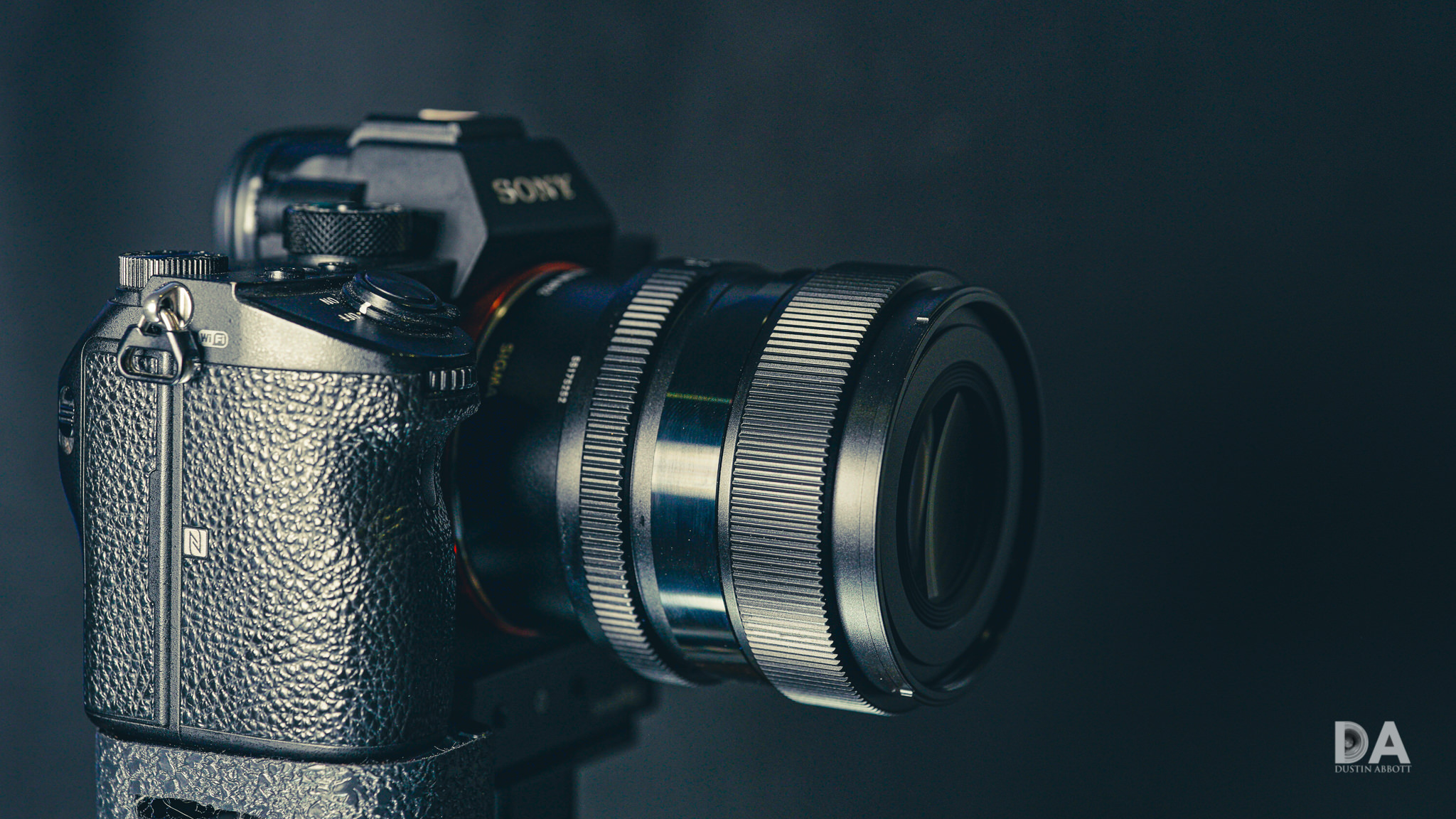
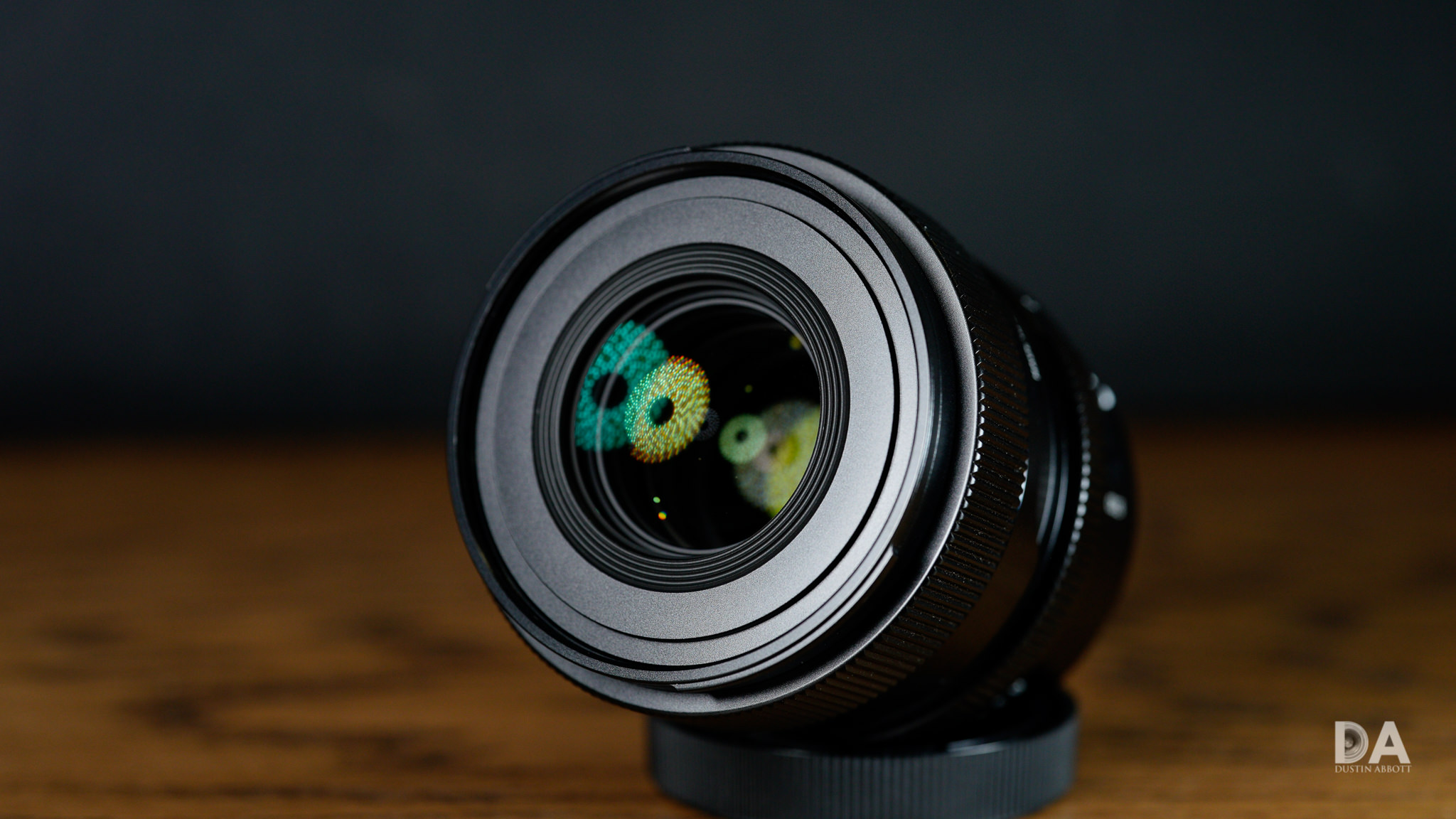

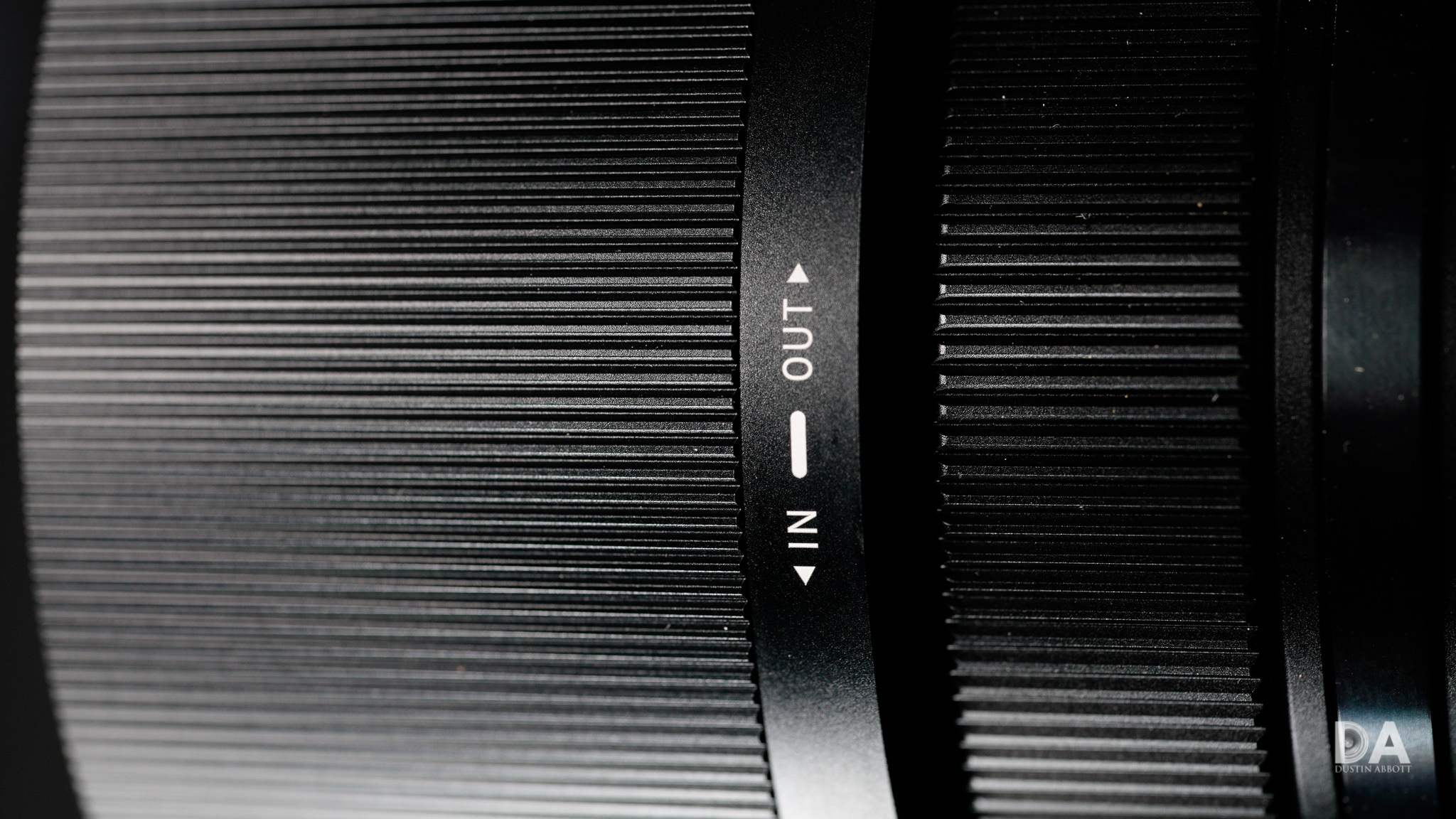
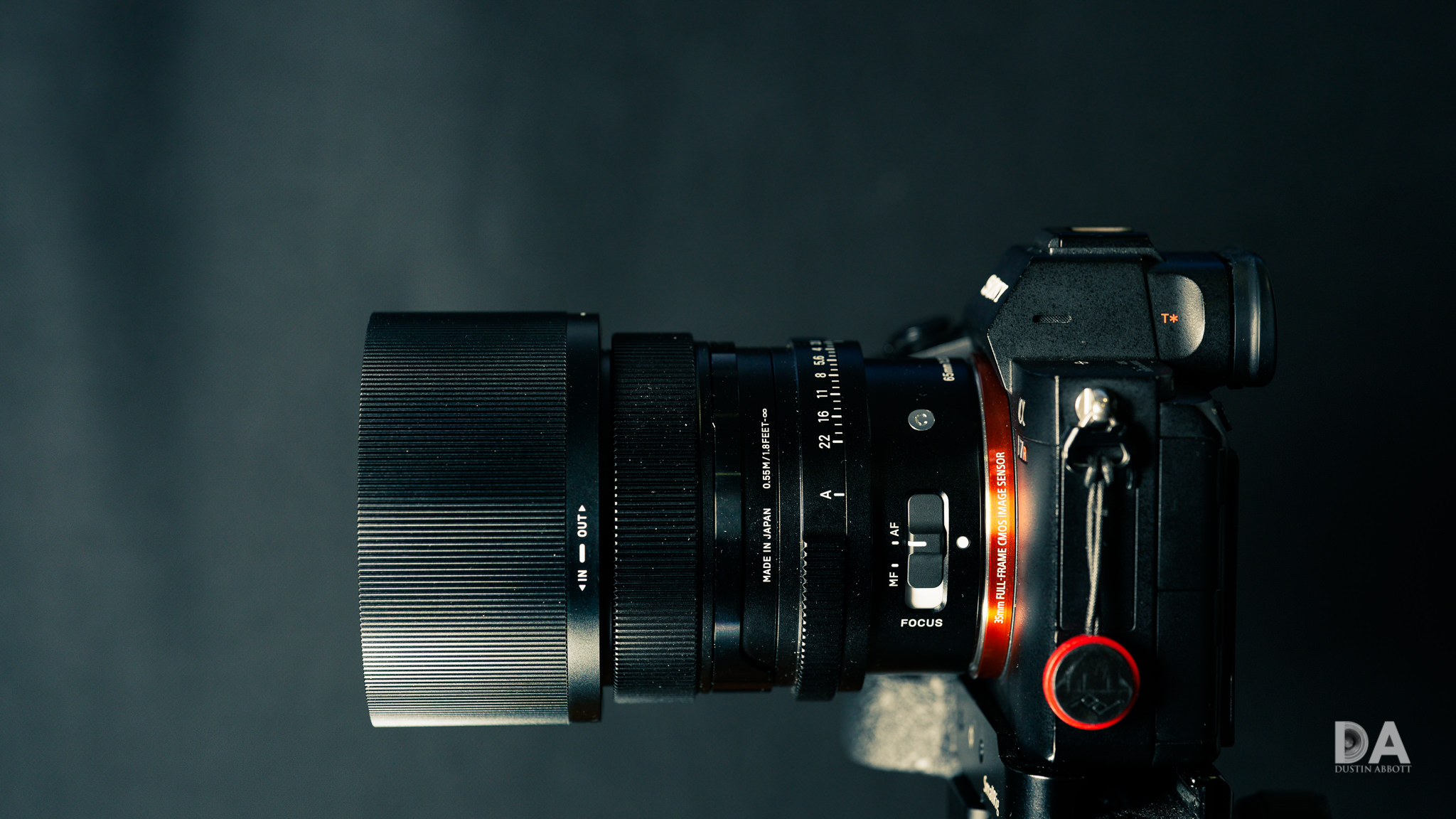
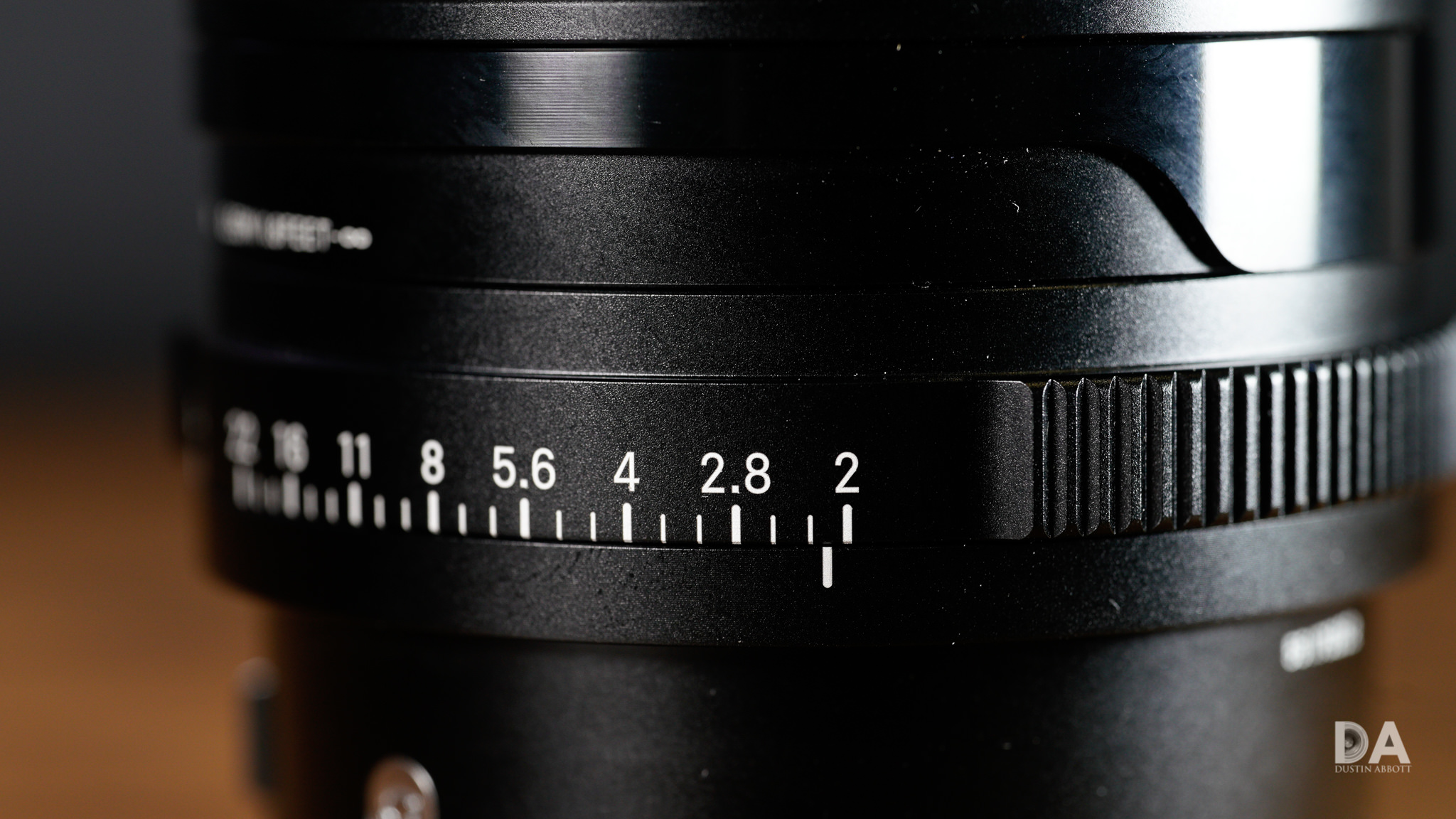
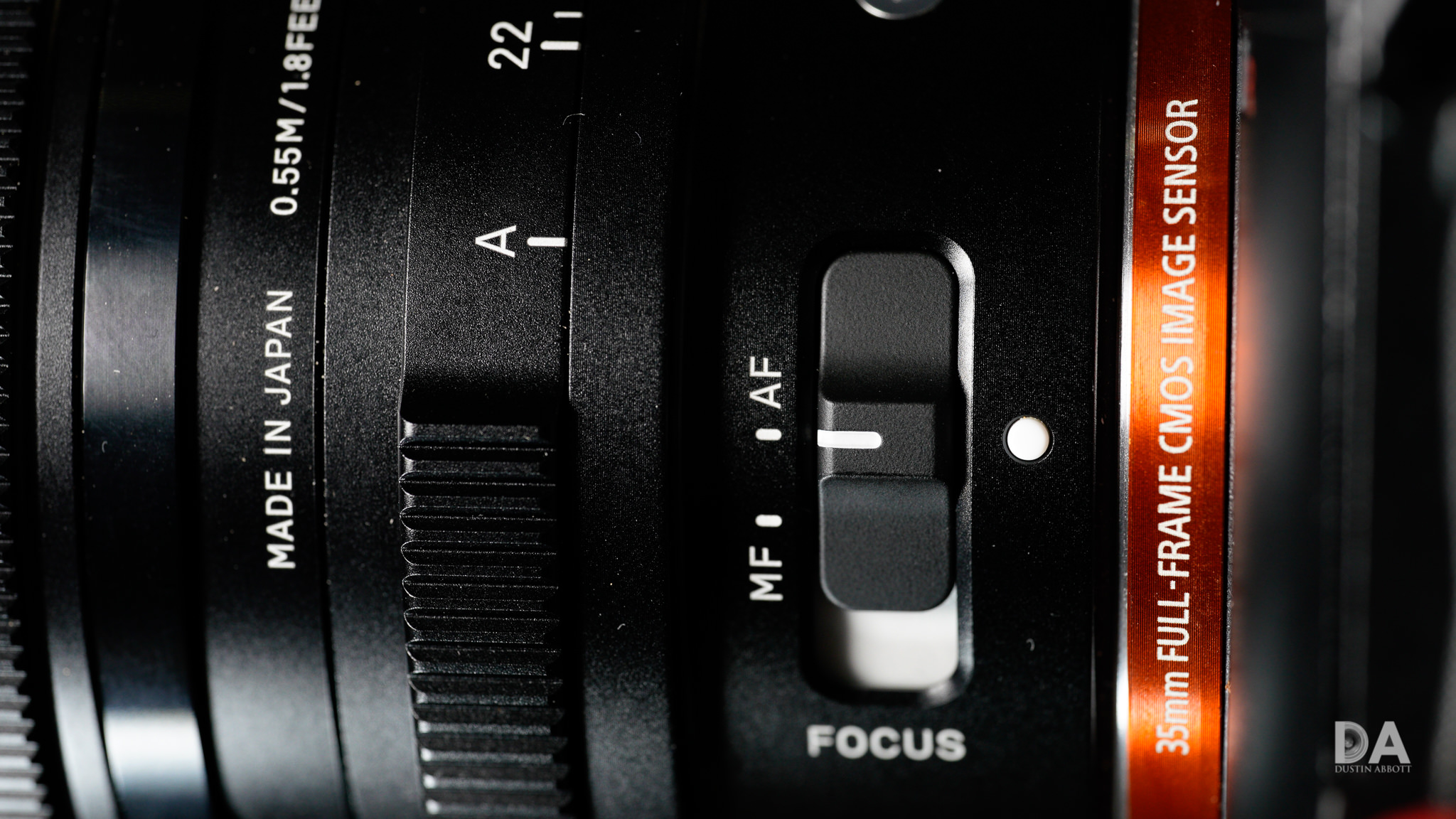

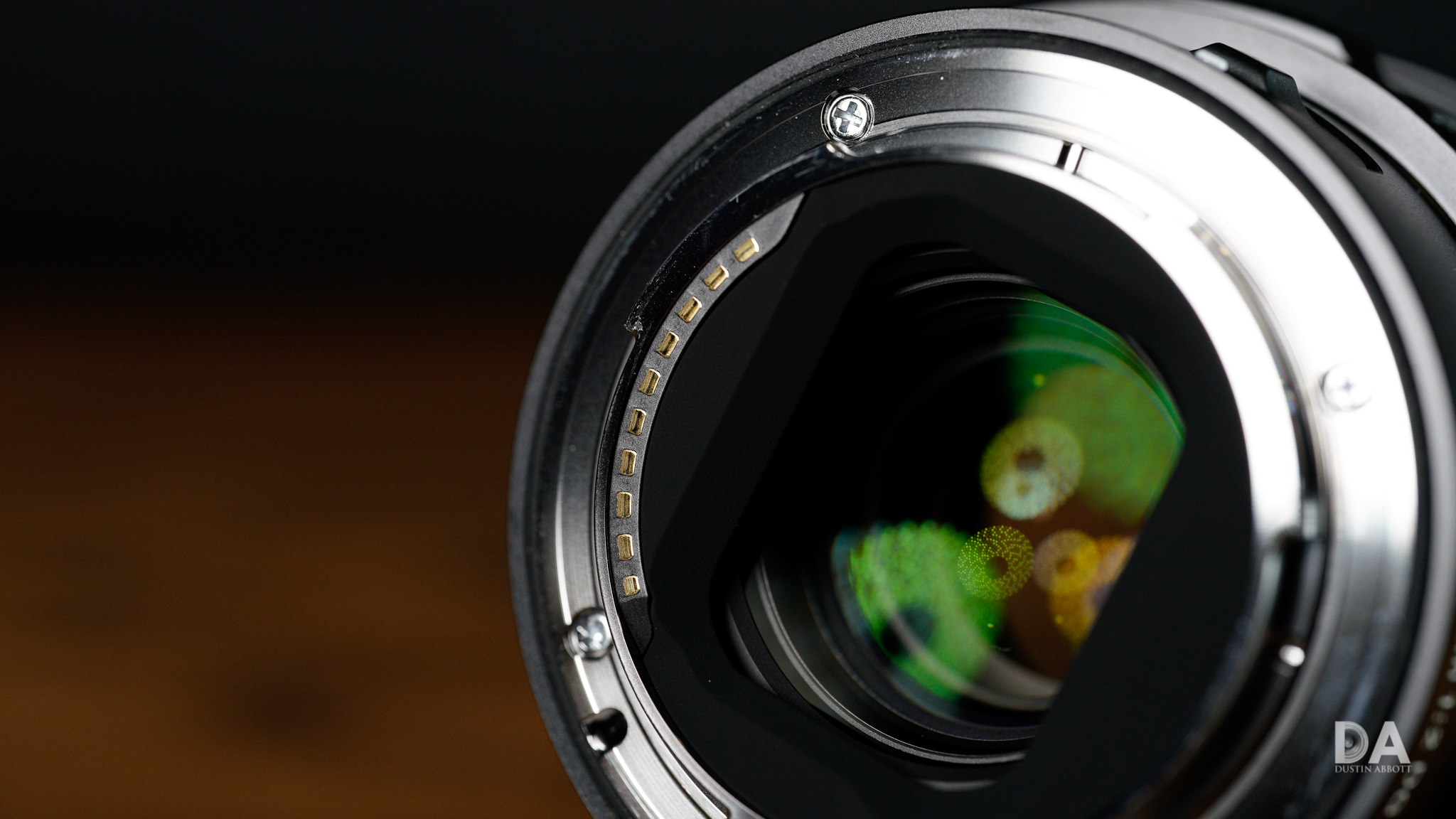




















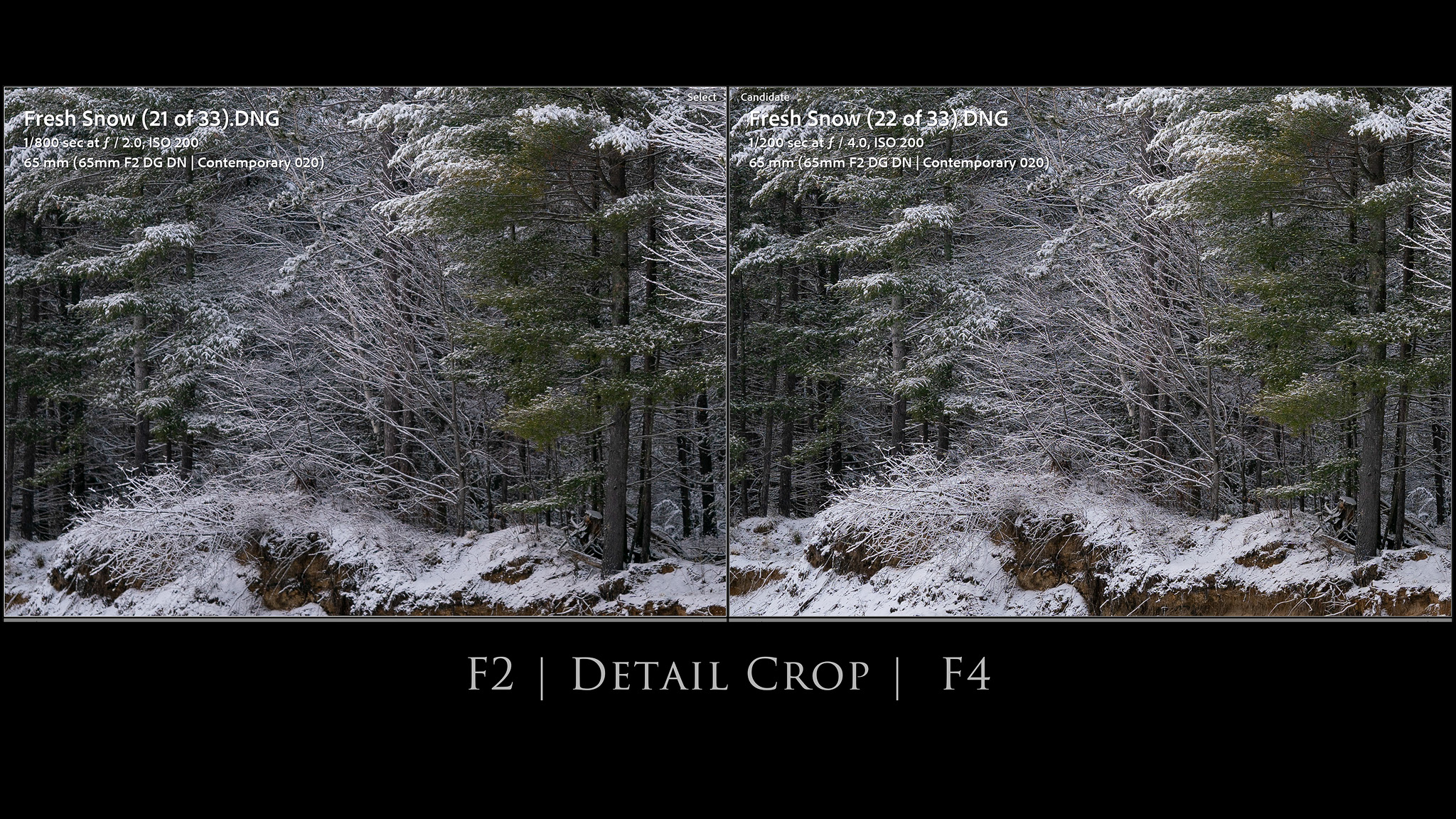





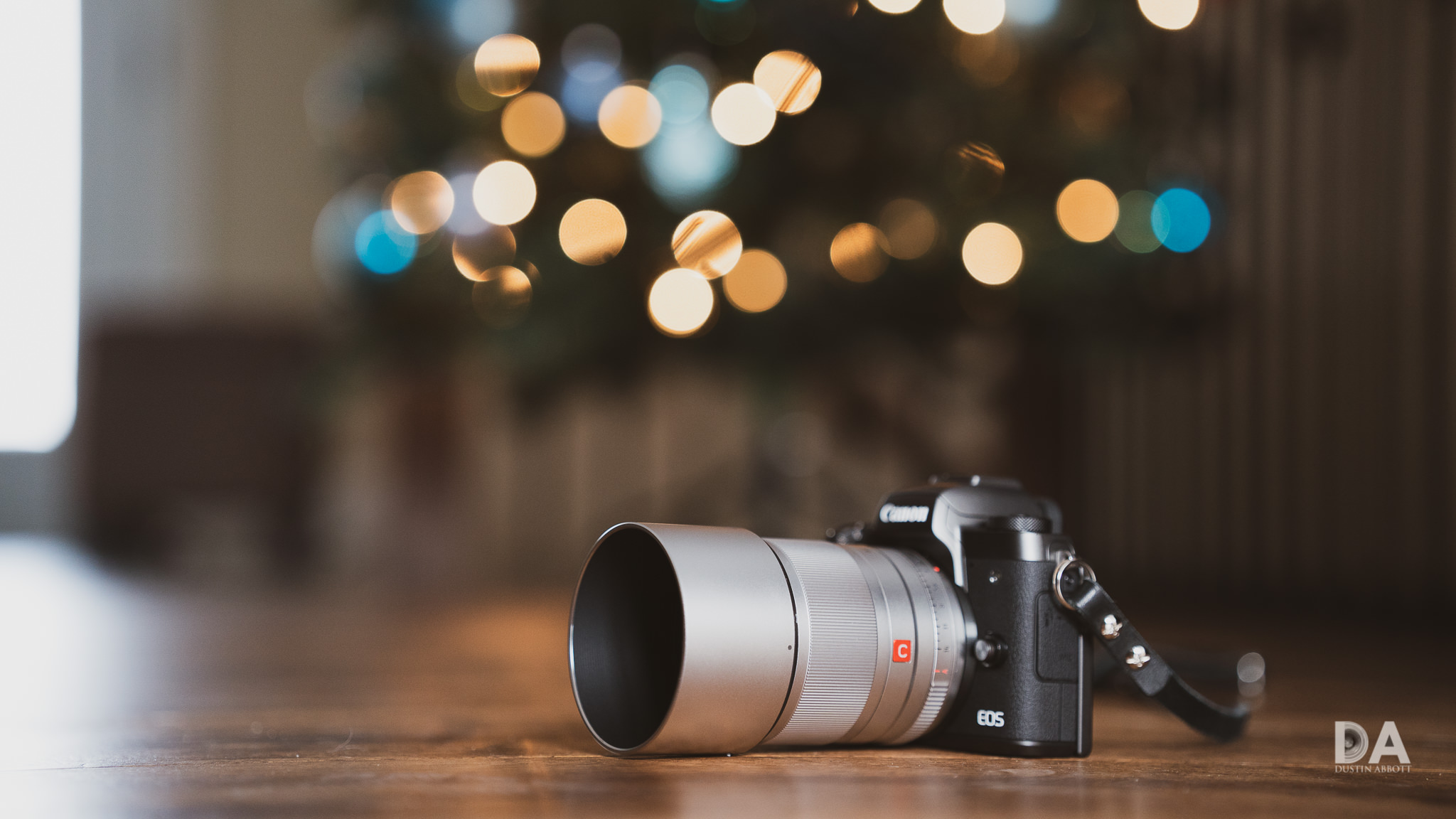





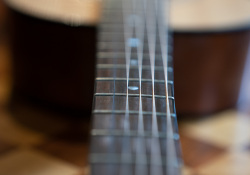















 GOOVIS ART Head Mounted Display Review
GOOVIS ART Head Mounted Display Review  Laowa AF 12mm F2.8 Zero D Review (Z-Mount)
Laowa AF 12mm F2.8 Zero D Review (Z-Mount)  Nikkor Z 35mm F1.2 S Review
Nikkor Z 35mm F1.2 S Review  Kase AF 85mm F1.4 Review
Kase AF 85mm F1.4 Review 



One thought on “Sigma 65mm F2 DN Review”